Cultural Appropriation And Tiki
I first became interested in Polynesia via Trader Vic’s in Atlanta and vintage records by Alfred Apaka and Ray Kinney. I collected Coco Joe’s souvenir resin tikis, souvenir mugs from old restaurants, and all sorts of flotsam and jetsam. Many of my peers have the same story. Some souvenir pieces from mainland restaurants lead them to a deep and abiding appreciation for Polynesia. Whatever the exact origin of any of piece’s creation or the intent of the seller, the result was the same. A bit of Polynesia washed ashore in a second hand store and I followed the trail to the islands.
Other friends caught the bug when they went to Hawaii as kids. The memories of the Kodak Hula Show, luaus, and Diamond Head kept alive by a tchotchke they brought home and then a raft of other items they collected at thrift stores as they got older. Eventually they learned more and became experts on artifacts, both souvenirs and more authentic pieces.
Whatever culture or sub-culture you are involved with, you had to start somewhere. You learned about it via a performance, a book, or a related item that came into your possession and sparked your curiosity. And for every person who commits themselves to such an endeavor, countless others never thought about it again.
Questions of origins and authenticity and who can do what where and how result in people born of a certain culture only talking to themselves. Sharing the interest broadens the appreciation. Even a mass produced crappy souvenir with a vague connection to Hawaii can end with a lifetime devoted to true Polynesian culture.
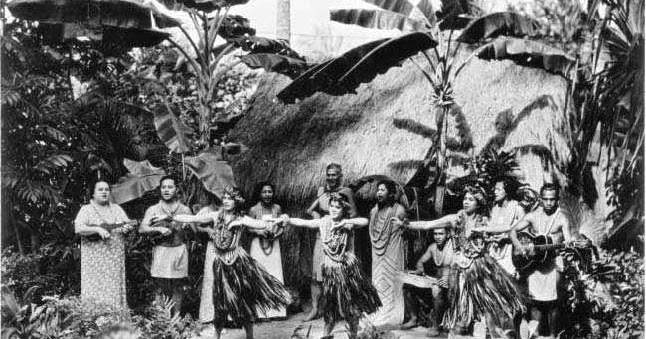
Around 1930, Kauai native George Mossman, seeing his beloved Hawaiian culture vanishing in his life, started Lalani Village on the beach at Waikiki. It was a school, cultural center, and tourist destination. He brought many of the greatest elders in various Polynesian cultural arts like hula, chant, and house making together in the Village to preserve and teach it to the native people. And he also used it to entertain tourists at their luau dinners.
This set the example that lead us to Tiki today.
In my decades of research into the many projects of Bob Van Dorpe, Herb Kane, and Donn Beach, the term “Cultural Tourism” was the banner. Designing resorts so that they reflected the culture of the places they were built, via architecture, clothing, music, and educational displays. They believed people wanted to learn and wanted to come to Hawaii and be a part of Hawaii itself. They loved the islands and culture and were immersed in the history. That was reflected in everything they built.
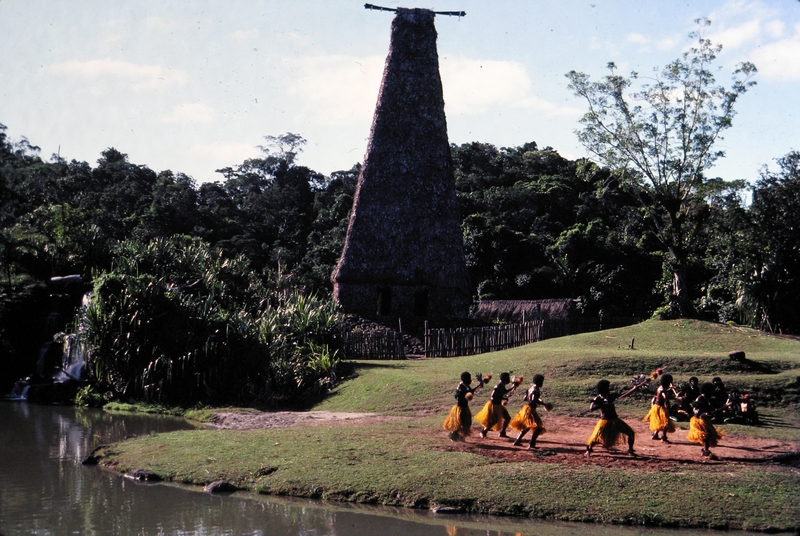
Don the Beachcomber in Hawaii hired some of the top entertainers from all over Polynesia to perform in a building designed after the “grass shacks” that made up Lalani Village, and native homes before contact. People like Alfred Apaka went from Don’s stage to million selling artists, singing the songs of the islands. And people like me found those records decades later and fell in love with the lure of the the islands they portrayed.

Don was following the structure set forth by George Mossman twenty years earlier: sharing native Polynesian culture with tourists. Tourists wanted to see Hawaii in Hawaii, not see mainland USA. Hawaii moved from agriculture to tourism in the 1930s and 40s. Donn Beach started visiting the islands in the 1920s and when he opened his place in Waikiki in 1948, he carried his romance for the islands into a practical, real world image.
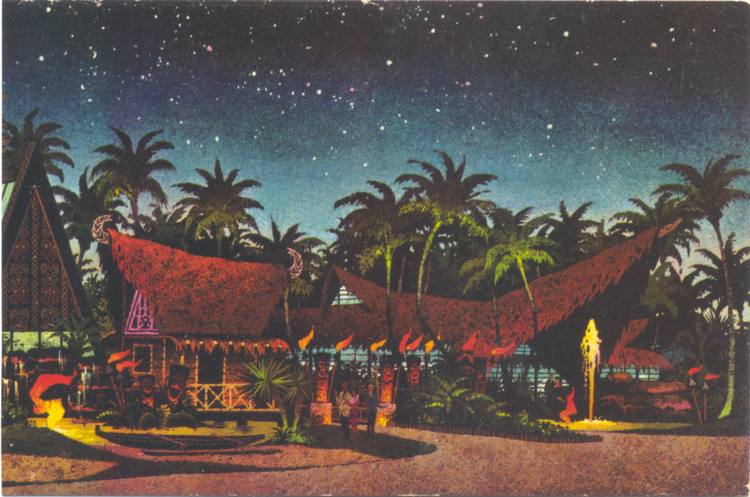
In 1956 when Bob Van Dorpe hired away a team of Don the Beachcomber Chicago employees south to Fort Lauderdale to work for Bob and Jack Thornton in establishing the Mai-Kai, he took that passion with him. Van Dorpe, along with the Thornton brothers, had a passion for Polynesia. Bob brought a group of performers from Tahiti, who had first come to the US via Don the Beachcomber in Hawaii, into the new Mai-Kai restaurant. The Polynesian show at the Mai-Kai is the heart and center of that business to this day. Today’s owner of the Mai-Kai, a native of Takaroa in French Polynesia, is a former dancer in the show and it’s choreographer since 1963. She and the performers share their culture through that show and the very building itself nightly with hundreds of tourists.
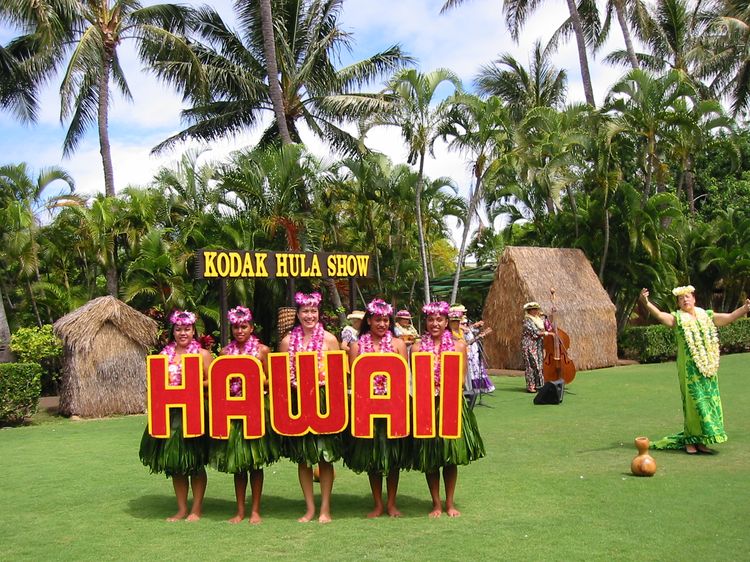
The melding of tourism and Polynesian culture started with Lalani Village and grew continually. The Kodak Hula show was a tourist hotspot for decades, and created and run by local native enthusiasts with complete control. Pualani Mossman, veteran of her father’s Lalani Village, went on to become the highest paid entertainer in New York City for a time at the Hotel Lexington’s Hawaiian Room.
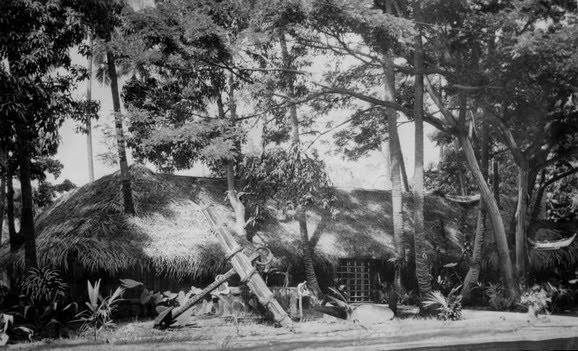
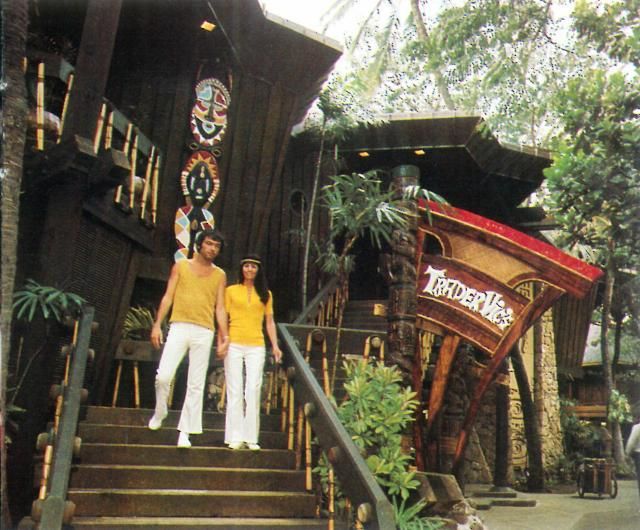
Previous to Donn Beach, Victor Bergeron had brought his Trader Vic’s to Hawaii with success. Mainland Tiki was being exported to Hawaii to satisfy the desire of tourists to experience their dream of Polynesia while visiting.

The peak of this curve was in the late 60s when many hotels and restaurants in Hawaii and Polynesia had adapted to the A-frame Tiki aesthetic. Thatch and bamboo were the building materials en vogue, just as every major city in the mainland had a Trader Vic’s, or Trader Nick’s or Trader Dick’s or Chinese restaurant gone Tiki.
Speaking to Polynesian islanders about Tiki bars, they often say it reminds them of home.

The high water mark of Tiki today is the Mai-Kai which is 100% Polynesian owned and stages an authentic show nightly performed by islanders, some of whom have been doing so for decades. Surrounding these players are dense layers of artifacts from the various islands and huts built of lauhala and thatch.
That is the bright pure end of the spectrum from unassailable Cultural Tourism to that place we might claim as Cultural Appropriation which cannot be justified.

Is a Tiki mug offensive? An image of Ku, or Kane might be compared to an image of your great grandfather. You have it in your home to remind you of the great things he did and to honor him, and realize your connection to this person. A Tiki mug, like a carving, can be seen as a way to honor and remember a hero/god. We’d drink out of a mug shaped like Ronald Reagan as a toast to a famous man, not as a way to mock him. Intention is key, but the intention of any individual is out of our control. This isn’t meant to justify Tiki mugs, just as some context. I don’t claim to be an expert on Polynesian religion and beliefs.
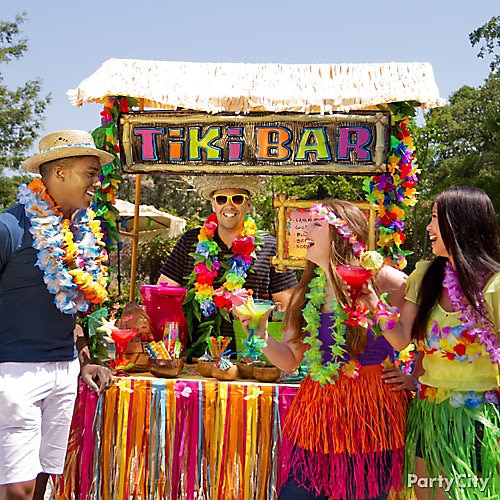
One cannot defend all that is on the shelves of Party City, or the walls of every Tiki bar. And we can’t take any random occasion in one of those places and elevate it to exemplify what Tiki is in regards to Polynesian Culture. How many trips to a Tiki bar start out simply and grow to a love of true Polynesia and deep understanding of the traditions of the islands? The same might be said for the millions who saw the Kodak Hula Show or see the show at the Mai-Kai today.
Some of us Tiki enthusiasts get accused of being “elitist” or some other term which really just means “based on some discrete set of values”. We lean towards the Mai-Kai end of the continuum between sacred and profane. There are things we will not defend as Tiki when they come with their signs and pitchforks. We’d like to preserve those things we’d gladly defend from the flying ashes of the Tiki horrors we witness when they rightly get burned in effigy. Heck, we’d light the match as long as we can rightly show that the Tiki we love is worth defending. That it’s roots are in Polynesia. That we honor the heros of Hawaii when we look upon our carvings brought home from a trip to the islands. We yearn for the culture to thrive and survive.
I cannot speak for Polynesians, but I speak to them quite often. A friend on the islands recently spoke of the “Tiki Era”. We’re now in a Post-Tiki era where we are working on a true center of culture. But the “Tiki Era” got us here. Mid-westerners Herb Kane and Bob Van Dorpe were designing Tiki bars and resorts long before Herb built the Hokolea and rewrote Polynesian history.

Donn Beach, Bob Van Dorpe, and Herb Kane put their marks on Polynesia and worked together on many varied projects their whole lives. They all shared a great love and devotion to the islands, their people and their culture. They also helped define Tiki and their form of it was an outgrowth of love and admiration. Indeed, these very men helped steer the way from the Tiki Era to today.
Tiki and Polynesia have gone hand in hand for decades. Starting on the beach at Waikiki, culture and tourism were joined at the hip. It hasn’t always been pretty, but it often is under an umbrella of aloha. Sharing the culture via tourism. And if it isn’t shared, the love and appreciation for it does not grow.

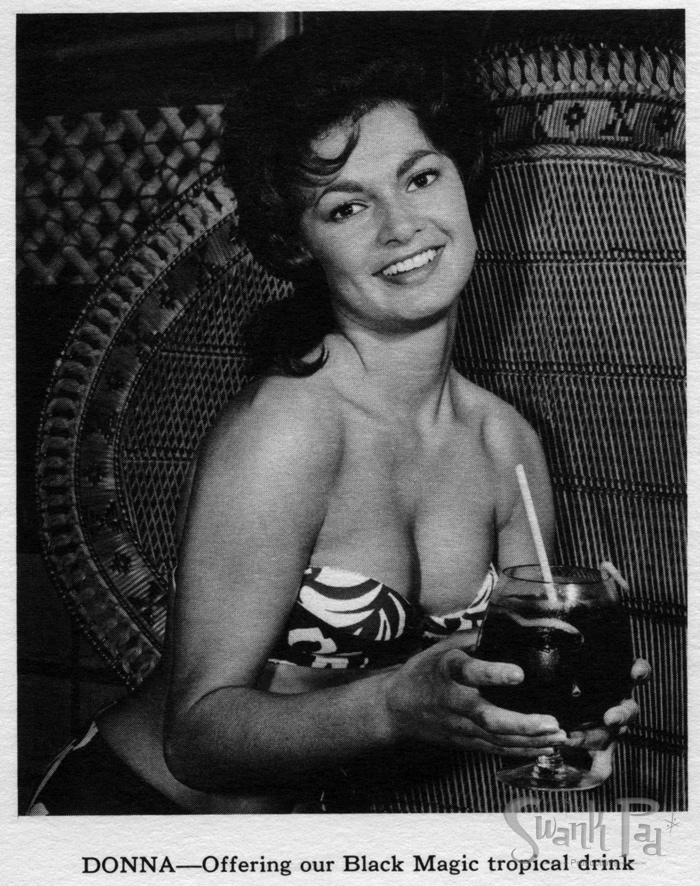
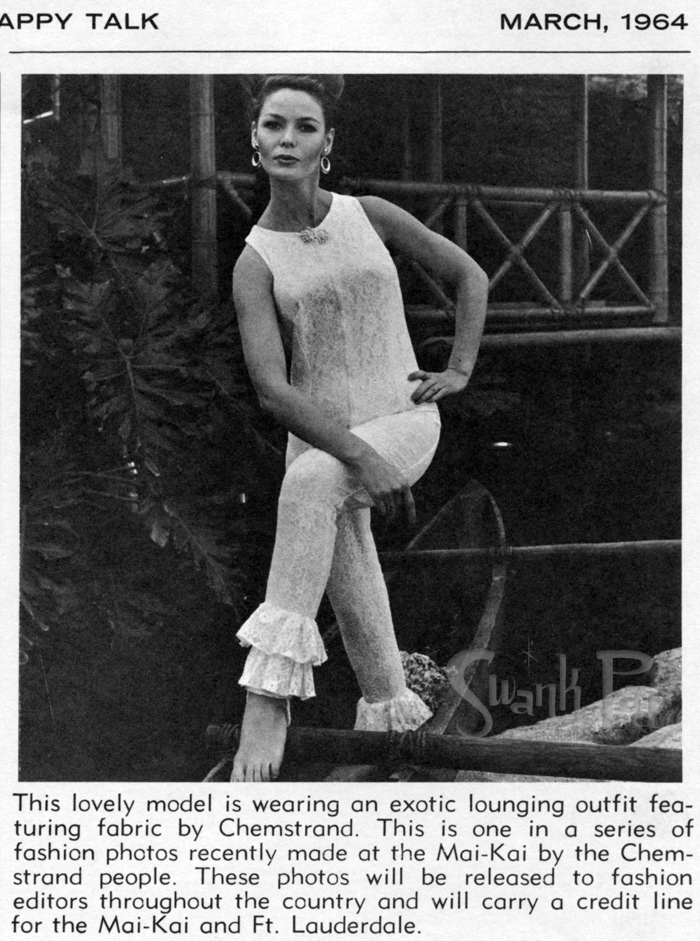

How true….what is a culture that no one ever speaks of or celebrates? I call that a dead culture… Egyptian language was almost lost to time…but people who cared figured it out and spread the love. We are doing the same with Tiki and our love of the islands and their way of life…I might not be able to make it to the wonderful islands but I can celebrate the culture and share my love for it.
Since opening our shop here on Maui in ’99 I’ve had this come up about Cultural Appropriation and Tiki too many times with people that have grown up here.. Many accept it but there are many also that no matter what you say tell you that It is not right, etc, etc,